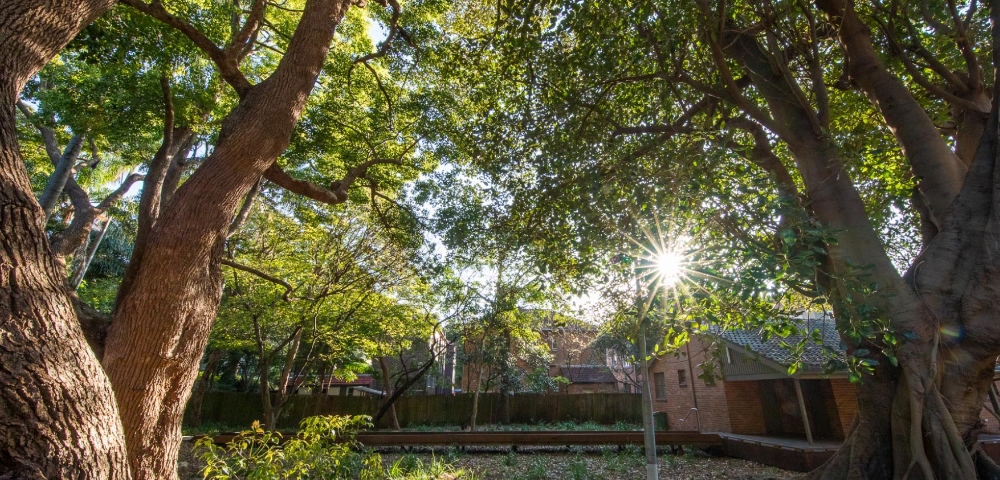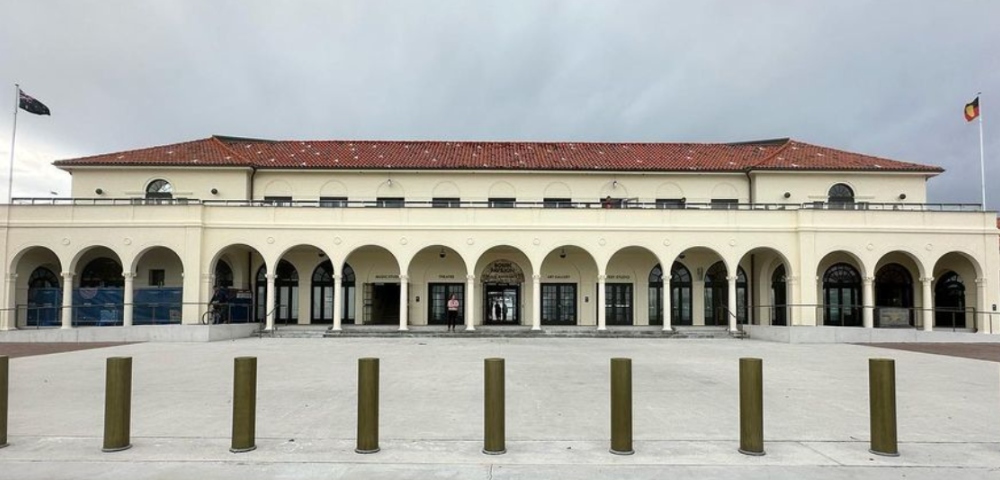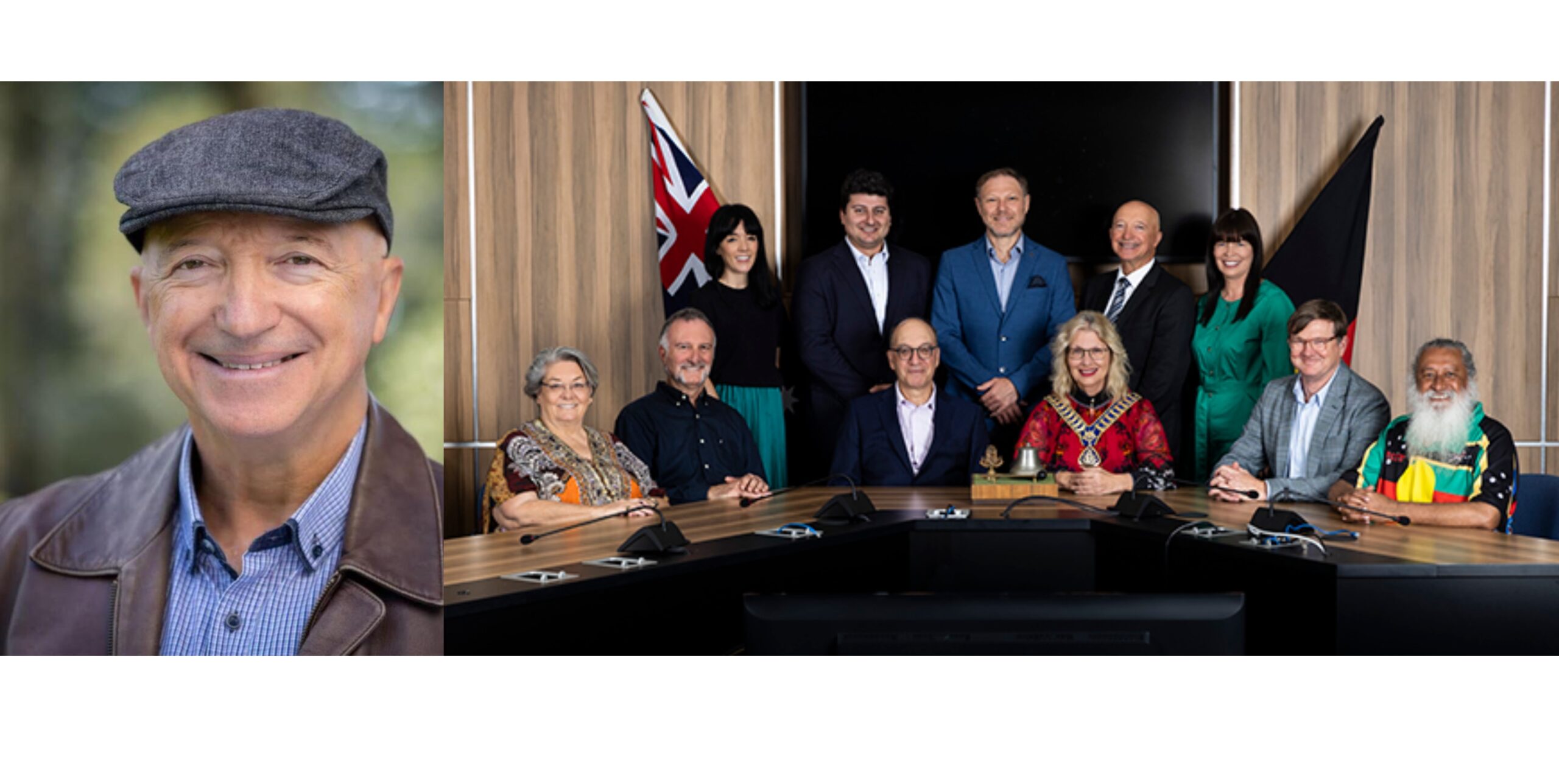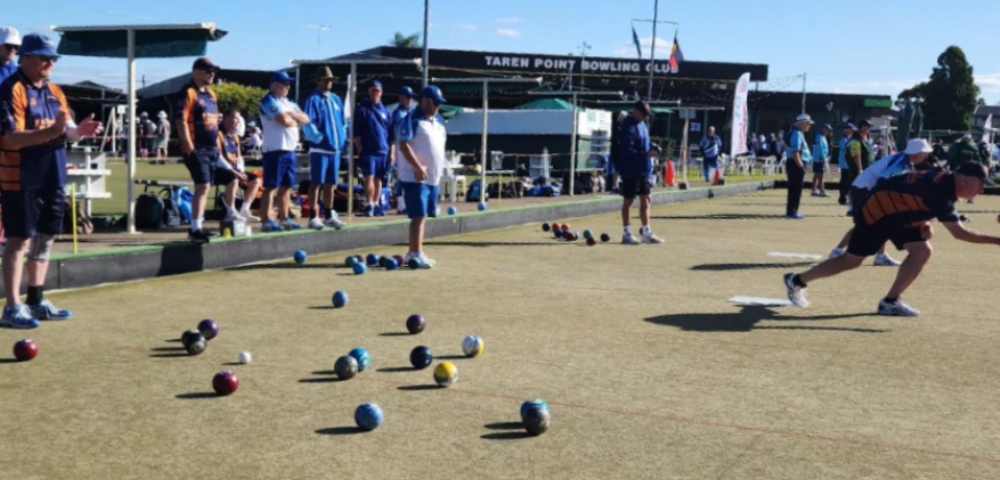
Violent feuds destroying families

BY JADE MORELLINI
The Australian Institute of Health and Welfare (AIHW) has released its first comprehensive report, Family, domestic and sexual violence in Australia 2018, which sheds light on the devastating truth behind violence in Australia.
This report unites information from over 20 different major data sources to reveal a drastic increase in family and domestic violence, providing a more accurate understanding of the groups who fall victim and what needs to be done to prevent a further increase.
A spokesperson for AIHW, Louise York, said, “1 in 6 women (aged 15 or above) —equating to 1.6 million women—have experienced physical or sexual violence by a current or former partner. Meanwhile for men, it is 1 in 16—or half a million men.”
The report indicated that women are the predominant victims of domestic violence, and males the predominant perpetrators, with 75% of victims disclosing the perpetrator as male, while 25% reported the perpetrator as female.
Time after time, the State Government and local council bodies have tried to tackle this issue.
However, current evidence suggests that not enough is being done and should serve as a wake-up call for local, state and government officials to begin taking fiercer action.
Randwick Council has vowed to protect local women by providing financial assistance to local domestic violence support agencies, over the next five years.
Randwick Mayor, Lindsay Shurey, said, “In Randwick City, between 2016 and 2017, there were 373 reports made to police of women or children suffering at the hands of another person. We need to do whatever must be done in order to increase the capacity for support agencies to meet this demand.”
On average, one Australian woman is killed every week by a current or former partner and domestic and family violence is the principal cause of homelessness for Australian women and children.
“Randwick women and children who experience domestic violence need to travel outside the area in order to access services that will be of most benefit to them. This is unreasonable,” Shurey said. “Women escaping violence need assistance to engage with various services to help rebuild their lives, and this funding will allow that to happen.”
Mayor Shurey said rates of recorded domestic violence incidences show this is a widespread community issue, and as such is a key priority for the Council as proposed in the ‘Our Community Our Future’ plan.
“The statistics around violence against women and violence in the home suggests that it is vital we as a community continue to talk about domestic violence and ensure that women feel heard, supported and understood,” she said.
Although all women are at risk, there are certain groups who are more vulnerable, such as young women, pregnant women and Indigenous women.
Indigenous women were 32 times and Indigenous men were 23 times as likely to be hospitalised due to family violence than non-Indigenous women and men respectively.
Moreover, Indigenous children were around 7 times as likely as non-Indigenous children to be the victims of substantiated cases of child abuse or neglect.
Violence will also have a severe negative impact on the development of children who have witnessed or experienced violence. Children who were physically or sexually abused before they were 15 are around three times as likely to experience domestic violence after the age of 15 as those children who had not experienced or witnessed violence, according to the AIHW report.
“Children can be victims of or witnesses to family violence—and this early exposure can heighten their chances of experiencing further violence later in life,” Ms York said.
“I’m proud to be Mayor of a City taking positive action on this important issue. We have a long way to go, but this is another good step in the right direction,” Ms Shurey said.









